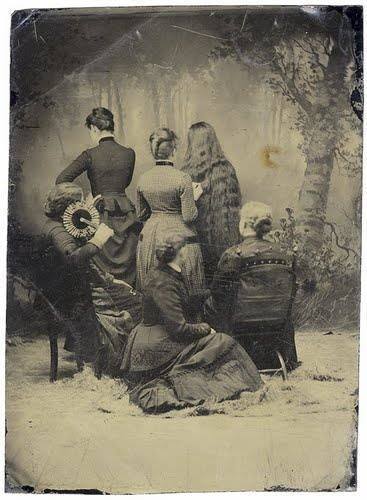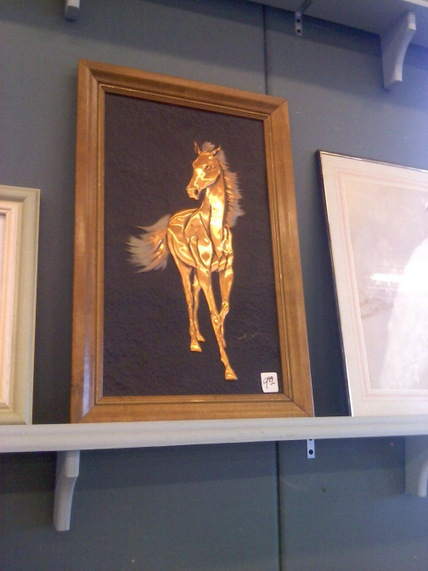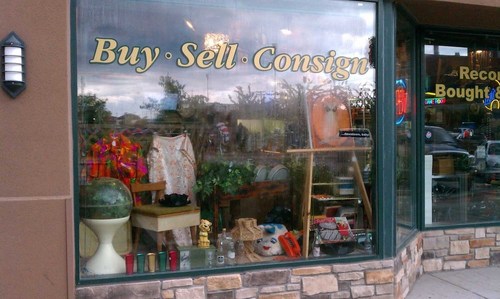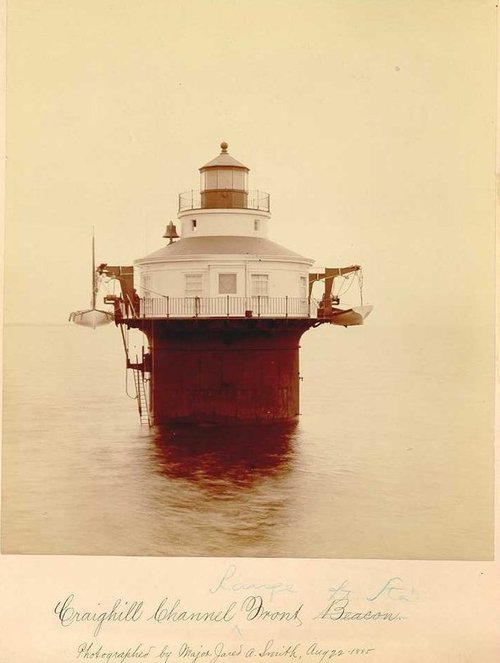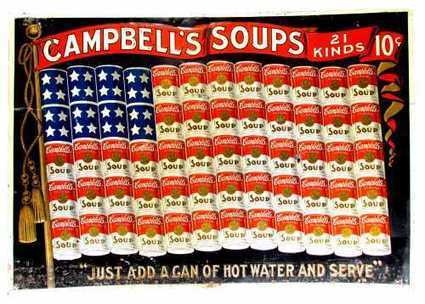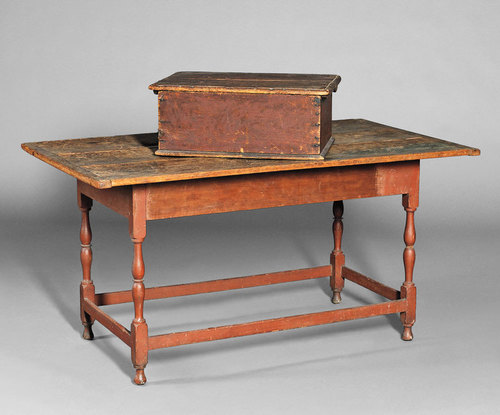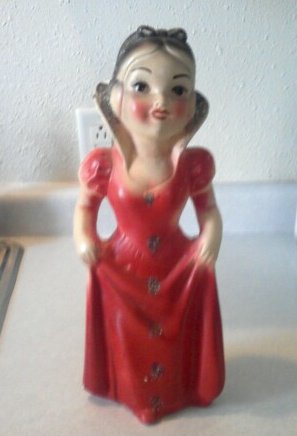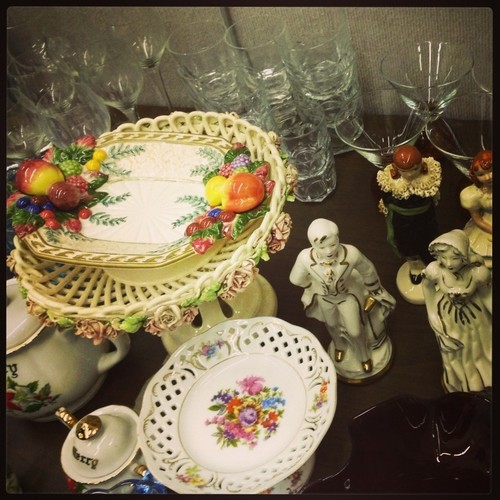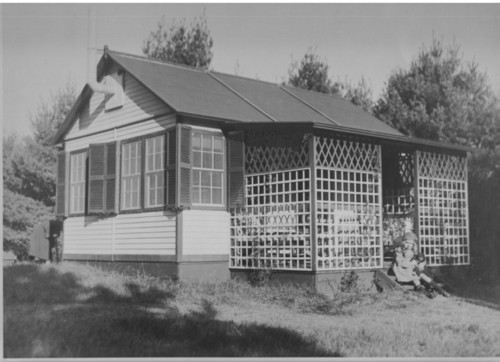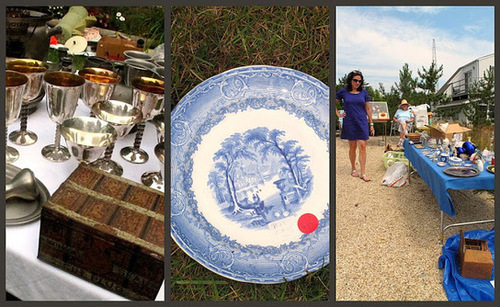On Saturday, we went to an auction. Normally I avoid the girlie jewelry cases, with their beautiful vintage jewelry and antique purses because, not having very deep pockets, I fear having my heart broken. But this time was different. Not only did I look, linger, and love, but I won a number of beautiful pieces, including this antique beaded purse — sparking clear glass beads applied by hand over silk — for just $11!

This dreamy creamy white antique hand beaded bag is a square 4 1/2 by 4 /12/ inches, but it’s placed into the frame on an angle so that it looks diamond shaped. The German Silver frame is embossed with leaves — and the clasps are acorns!

The long beaded fringe (approximately 3 inches long) nearly doubles the length of the purse — something I’d have thought would actually have reduced the life of the purse by at least half. (Can’t you just imagine having one of those delicate — but weighty with glass beads — fringes loop itself around something and the next thing you’d know, you’d hear a shower of beads hit the floor!)
Upon close inspection, this purse is not perfect; the frame was damaged on one side, near the hinge, and a lame repair was attempted. (Things not noticeable in a locked jewelry case; a reminder for the less adventurous to ask for help before bidding.)

But even if the frame is not real silver, I didn’t feel hopeless. In the worst case scenario I could get one of my antique frames, insert a bright blue or vivid red fabric background, and hang this beautiful work of art inside it (with no glass over it — because that’s not good for vintage or antique beaded purses); in the best case scenario, I could see if my jeweler could make a fine repair.
Since the old repair attempt included lead, which goldsmiths simply cannot use on the premises as it contaminates, I am left with two options: A) have hubby remove the lead here at home and then have the jeweler laser solder it, or B), have the jeweler solder around the old bad repair (which would look less lovely on the inside). Naturally I’d prefer the proper and prettier repair of option A; but in either case the cost is the same, about $20.
That would bring my total price paid for a collectible to $31; not bad since the purse could be worth as much as $500. (And even though the repair lessens the value in the collecting marketplace a bit, it surely is worth the cost and effort for a lovely beaded purse, let alone an antique beaded purse surviving with its fringe .)
.)
And so, in the end, I’m the one ‘unhinged’ — giddy with the thrill of a find at the auction.




